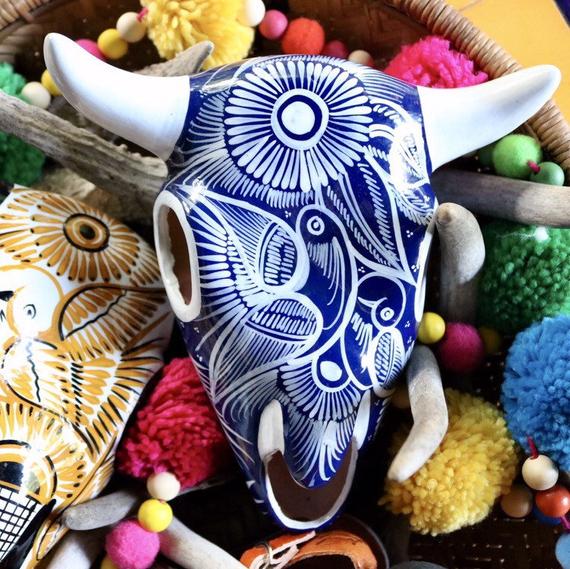“Talavera” Pottery added to the List of Intangible Cultural Heritage of Humanity
“Talavera” is a type of pottery that represents a bridge between the traditions of Mexico and Spain. Dishes, vases, and tiles are common items made of “talavera,” a pottery tradition that dates back five centuries from Spain and later arrived in Mexico, where it acquired its own identity.
In December 2019, the craftsmanship of both countries was added to the List of Intangible Cultural Heritage of Humanity by the United Nations Educational, Scientific and Cultural Organization (UNESCO) in Bogotá, the first Latin American capital to host the special committee that makes this decision.

The pottery owes its name to the Castilian city of Talavera de la Reina, which has a very long pottery tradition dating back to the period of Islamic domination of the Iberian Peninsula. The earthenware and tiles of that city and the neighboring town of El Puente del Arzobispo met its splendor in the seventeenth and eighteenth centuries when, by Chinese influence, they adopted white and cobalt blue as predominant colors.
This tradition came to America in the 16th century, when what is now Mexico was the Viceroyalty of New Spain. Spanish artisans took advantage of the knowledge of indigenous peoples in clay management, which resulted in the crafts that are known today.

The regions that traditionally produce “talavera” in Mexico are the municipalities of Atlixco, Puebla, and Cholula and Tecali in Puebla, as well as San Pablo del Monte, in the neighboring state of Tlaxcala. The work of artisans in these areas has been protected since 1995 by a Denomination of Origin.
While this recognition is a hallmark, the ultimate goal is the protection of cultural diversity from growing globalization.
Source (Spanish) – Expansion, December 11, 2019










